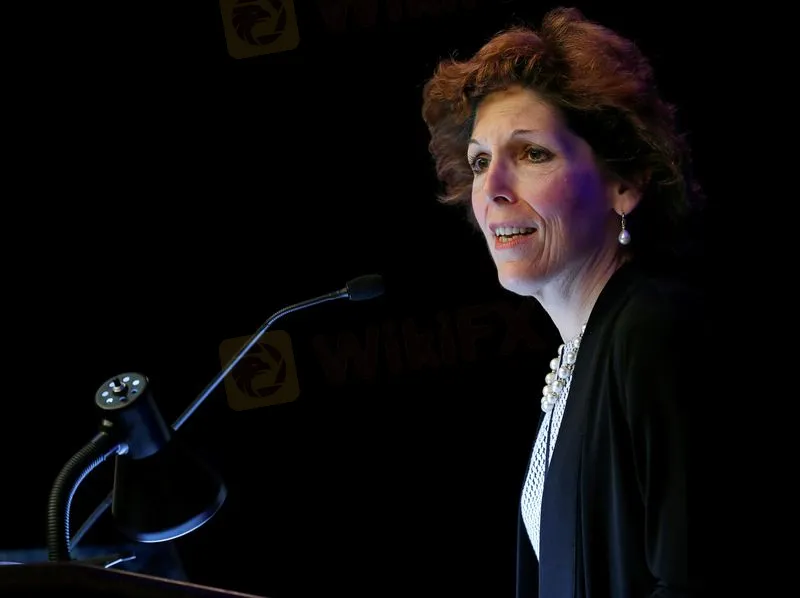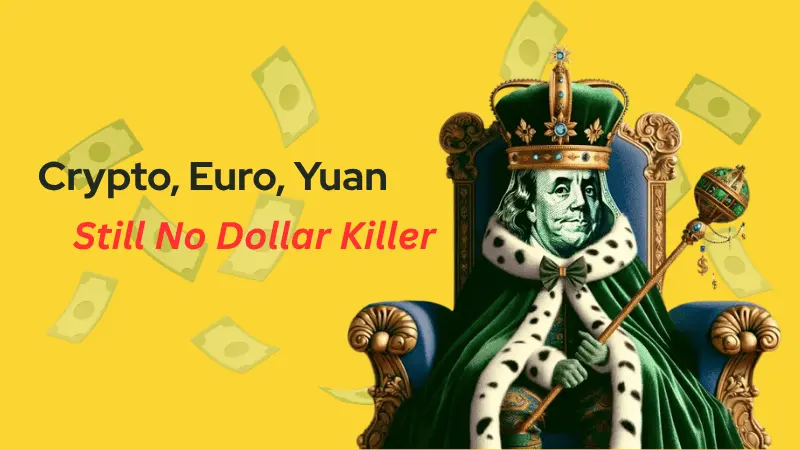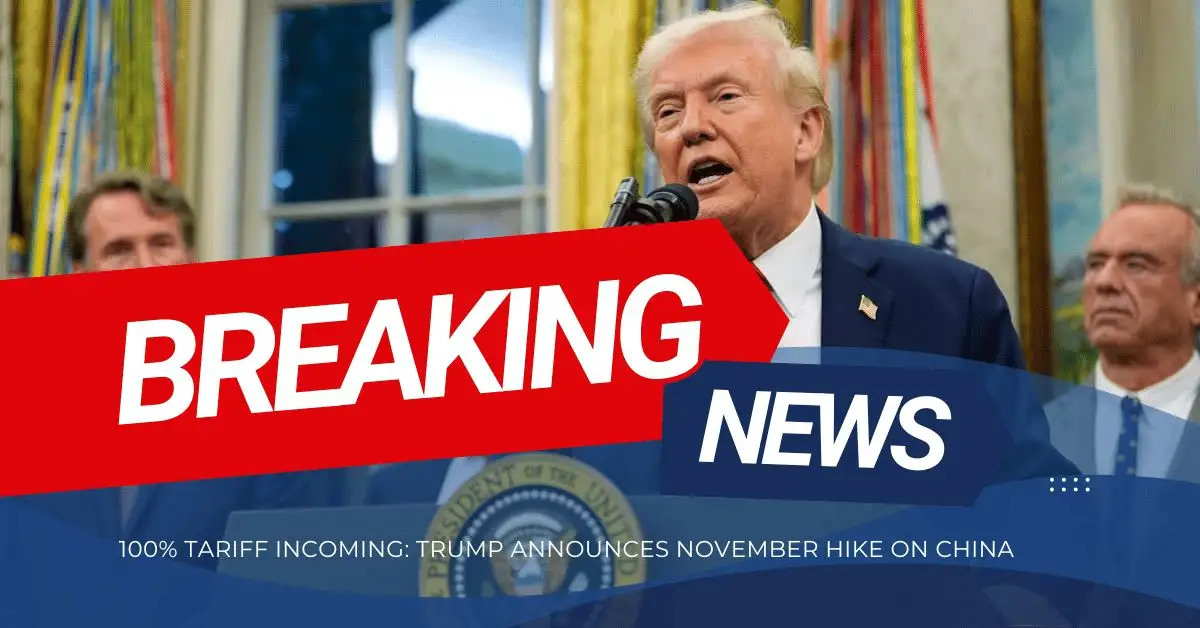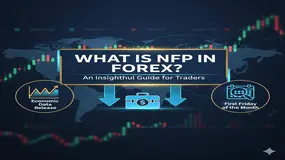Abstract:Mester pushed back against market expectations that the Fed will use outsized hikes to help bring down inflation.

Cleveland Federal Reserve Bank President Loretta Mester on Friday pushed back against market expectations that the Fed will use outsized hikes to help bring down inflation, saying she prefers a more“methodical” approach.
“I would support at this point, given where the economy is, a 50 basis point rise in May and a few more to get to that 2.5 percentish level by the end of the year,” Mester said on CBNC, referring to the level of borrowing costs she believes would be “neutral” for economic activity. At that point, she said, the Fed could assess the state of the economy and inflation, and either pause rate hikes or make further increases.
Asked if she would support a 75 basis point rate hike, she said: “You don't need to go there at this point.” Please download WikiFX for more forex news.
Traders on Friday were pricing in two such rate hikes following a half-point hike in May, a day after Fed Chair Jerome Powell signaled he would be open to “front-end loading” the U.S. central bank's retreat from super-easy monetary policy.
“Doing one outsized move in the funds rate doesn't really appear to me to be the right way to go,” Mester said. “I would rather be more deliberative and more consistent in bringing up the funds rate.”
Her remarks are likely to be the last public commentary from any Fed policymaker before they next meet, on May 3-4.








